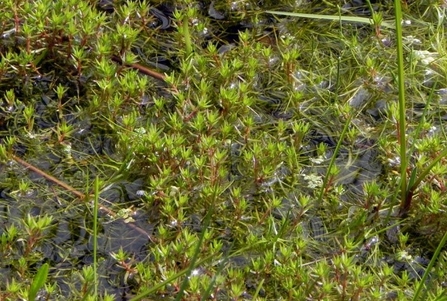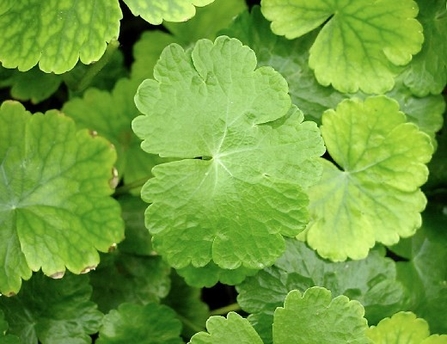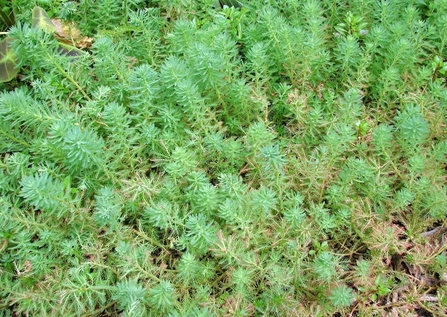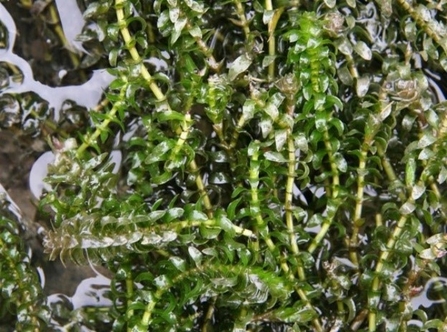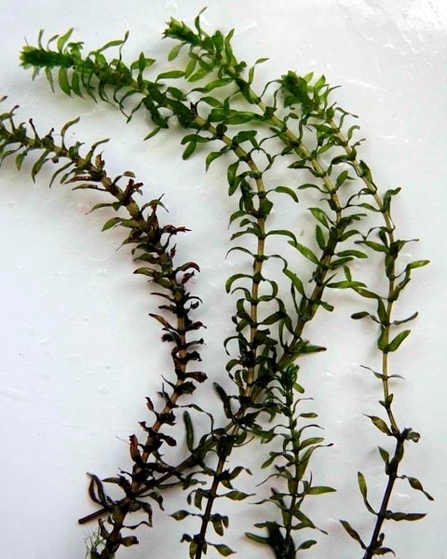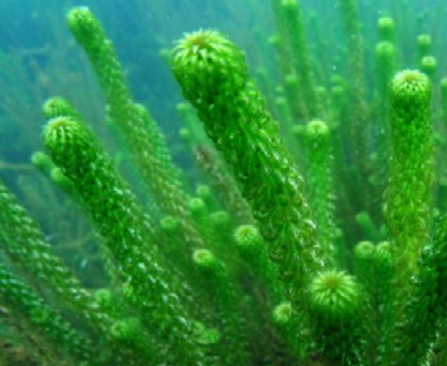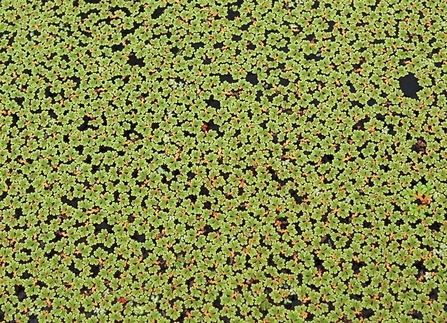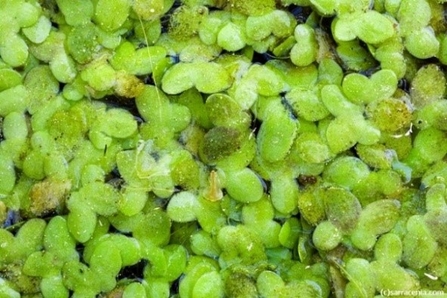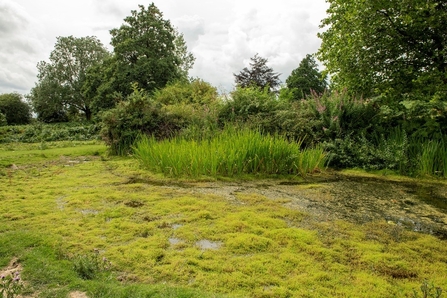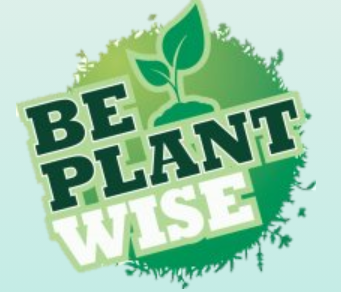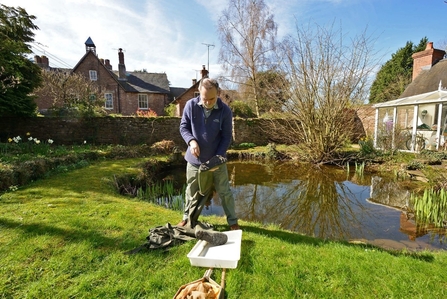What are Invasive Alien Species?
Invasive Alien Species (IAS) are defined as organisms which have been introduced and established in areas outside their native geographic range either accidentally or intentionally by humans, and which have adverse impacts on the economy, environment, or human health.
What is the issue?
The rapid increase in invasive species is a leading cause of global biodiversity loss and species extinctions. Invasive species are considered the most common threat to amphibians, reptiles, and mammals on the IUCN Red List. Invasive species can alter ecosystem structures and functions, and they present a global threat to food security and human health.
Aquatic invasive species negatively impact both native plants and invertebrates. Stiers et al. (2011) found that Floating Pennywort and Parrot’s Feather significantly reduce native plant species richness and cover. Growing rapidly, they inhabit large areas and form dense carpets over the pond, blocking out sunlight and oxygen exchange, consequently outcompeting native plants. Submerged vegetation are the most vulnerable plants to invasive species, which usurp large amounts of space in the water column. Rare species such as Common Bladderwort are vulnerable to invasion and have been found absent in invaded ponds.
Additionally, invasive species are very costly to manage; in the UK alone, they cost over £400 million in losses per year through eradication and restoration costs.
Climate change may increase the spread of invasive species; therefore, it is likely to become a more significant problem in the future.
Which invasive non-native aquatic plants do we look out for?
These are the main species which we look out for whilst undertaking Ice Age Pond surveys:


